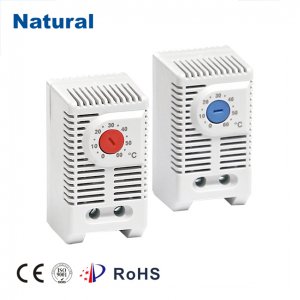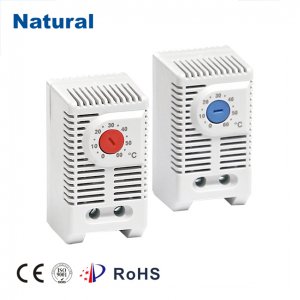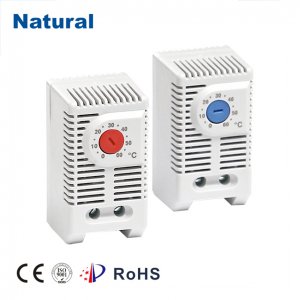In the realm of temperature control, the differential thermostat plays a crucial role in maintaining a constant and desired temperature range within a system. This device, often overlooked in its simplicity, is a pivotal component in various industrial and domestic applications, ensuring the smooth operation of equipment and the comfort of living spaces.

At its core, the differential thermostat operates on the principle of sensing and responding to temperature differences. It typically consists of two sensors: one sensing the current temperature and the other set to a desired temperature threshold. The thermostat compares these two temperatures and triggers a response when the difference between them exceeds a preset limit. This response can be anything from activating a heating or cooling system to sounding an alarm.

The key advantage of the differential thermostat lies in its ability to provide fine-grained temperature control. By adjusting the differential threshold, users can tailor the thermostat’s response to specific needs, whether it’s maintaining a constant room temperature or preventing overheating in machinery. This flexibility makes it suitable for a wide range of applications, from home heating systems to industrial process control. In the domestic context, the differential thermostat is often found in heating and cooling systems. It ensures that the indoor temperature remains within a comfortable range, automatically adjusting the heating or cooling output as needed. This not only improves the comfort level but also helps to save energy by preventing unnecessary heating or cooling cycles.

Leave a Reply